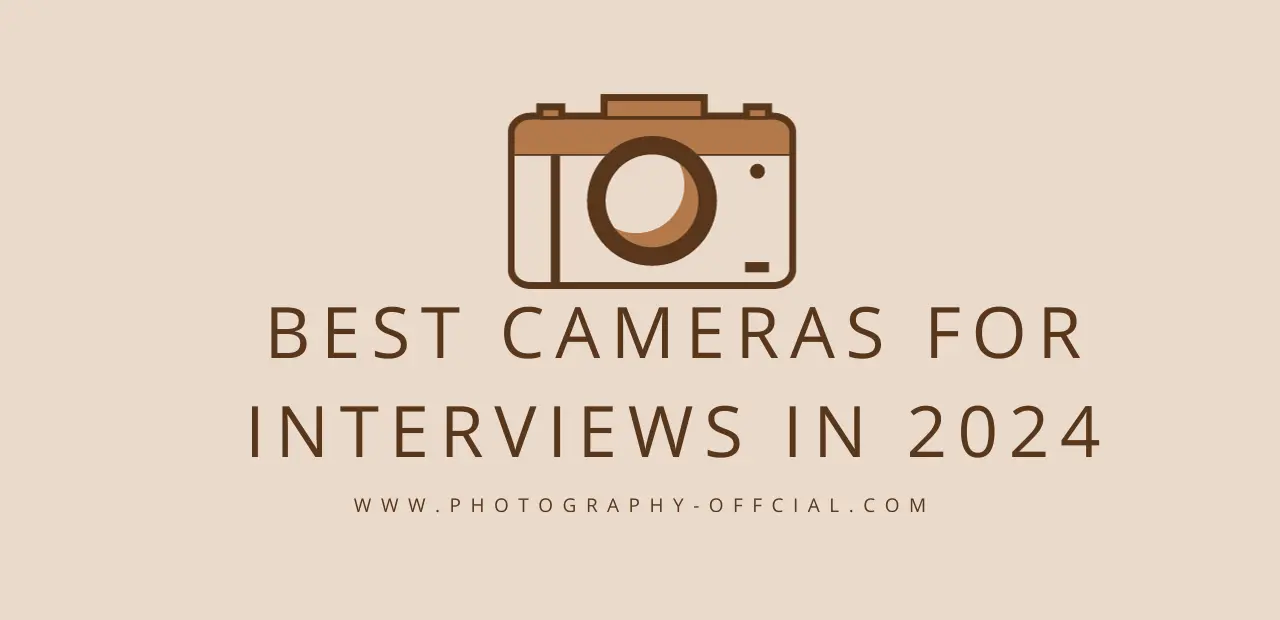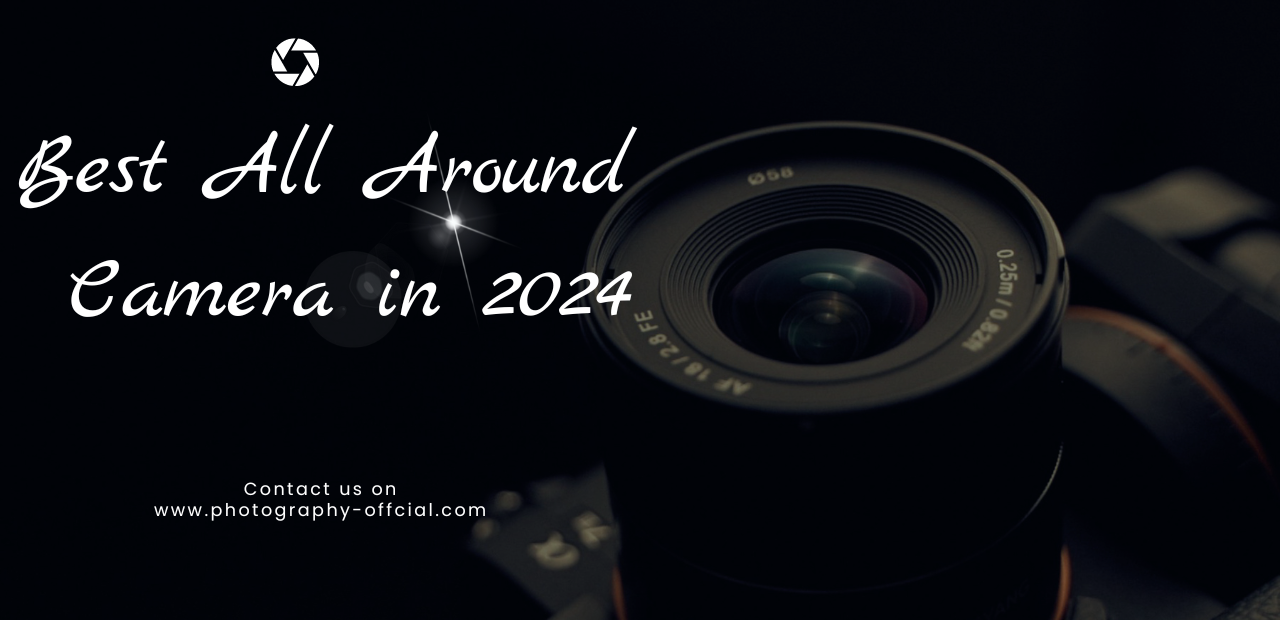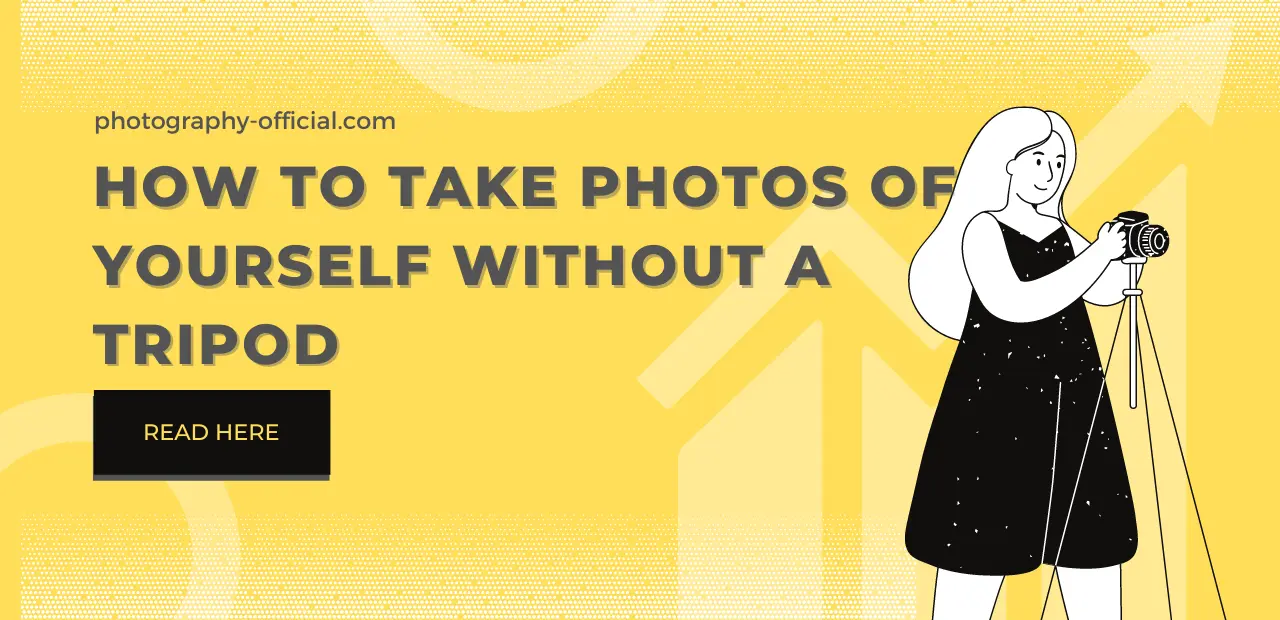Best Nikon Lens For Macro Photography
In this post, I will list out the best Nikon lens for macro photography that will be compatible with your camera and you will ultimately be able to decide which lens is best for you.

- Best Nikon Lens For Macro Photography Of Insects and Flowers
- Best Nikon Lens For Macro Photography Of Subjects With Comfortable Working Distance
- Best Nikon Lens For Macro Photography Of Everyday Objects
- Best Nikon Lens For Macro Photography Of Intricate Macro Details
- Best Nikon Lens For Photography Of Close Ups and Portraits
- Best Nikon Lens For Macro Photography Of Small Subjects From Distance
- Best Nikon Lens For Macro Photography Of Close Ups
- Best Nikon Lens For Macro Photography Of Nature Or Still-Life Shots
- Things That You Should Look For Before Buying Nikon Lens For Macro Photography
- What Exactly Is A Macro Lens
Best Nikon Lens For Macro Photography Of Insects and Flowers
Nikon AF-S MICRO NIKKOR 60mm f/2.8G ED

The AF-S Micro Nikkor is a popular microlens offered by Nikon. The slightly longer than standard focal length ensures that you have a longer reach and closer focus even from a comfortable working distance. The lens itself is designed for the full-frame sensor of Nikon but that said the lens is compatible with all of the Nikon dx4 mode cameras as well.
This being a g lens comes with a built-in AF motor that should auto-focus it on cheaper xd systems as well. These are the cameras like the d5100 and the d3100 which do not have a built-in autofocusing motor.
It is important to remember that as you are using a true macro one-to-one lens this is what gives you a true one-to-one magnification ratio. The closer you get to your subject the more light you will use because the closer your distance you are going to lose a little bit of your f-stop. The minimum focusing distance of this lens is 7 inches.
So, as you are getting closer to the subject your f2 might become f4 because you are compressing that much in regards to your 1a 101 magnification. The lens also has a 62-millimeter filter so is not your typical one, of course, you will get used to it since it’s really small.
Overall I would say that compared to the price this is a really good lens that can hardly be matched.
Best Nikon Lens For Macro Photography Of Subjects With Comfortable Working Distance
Sigma 105mm F2.8 EX DG OS HSM

Sigma 105mm F2.8 EX DG OS HSM is a lens that has a minimal aperture of f/22 (infinity) f/45 (1:!). Its angle of view is 23.3 degrees. Its minimal focus distance is 31.2cm or 12.3 inches which is much more compared to the Nikon AF-S MICRO NIKKOR for example. It does the same magnification though, and it’s 1:1. Its optical design is in 16 elements which are sorted into 11 groups and the filter size is 62mm. It has a prospect design that includes ring-type ultrasonic autofocus for fast and near-silent focusing.
Another great feature is a highly effective 4-stop image stabilization with switchable static panning modes. Also a focusing distance scale under the viewing panel and a 3-position autofocus limiter switch that can lock out both the short and long sections of the full range.
Corner sharpness at f 2.8 could be a little bit better but there is no real issue for Macro shooting. The performance and quality of images are excellent which makes Sigma a really good catch when performance and price compare.
Best Nikon Lens For Macro Photography Of Everyday Objects
Nikon AF-S DX Micro-NIKKOR 40mm

This is certainly one of the best lenses for Nikon out there. The word micro in the name means that this is a macro lens. Which is by definition a lens that given a focal length focuses so close that it can project a picture in a 1 to 1 ratio onto the sensor.
There are a lot of lenses out there that have the word macro in their name but still can’t give you a 1 to 1 ratio. This is not the case with the Nikon AF-S DX Micro-NIKKOR 40mm. The minimal focus distance of this lens is just 16.3 centimeters. This is a very inexpensive lens from Nikon that is designed for the smaller image circle of Nikons aps-c sensor-powered cameras.
On a dx Nikons aps-c system camera the effective focal length of the camera is 60mm which is just a shade longer than what would you get with a 35mm prime lens. Thus, this lens will double up as a fixed prime lens that you can do everyday photos as well as a lot of macro photography. You will also certainly never regret the quality of your photos.
Also, don’t bother mounting this on a full-frame camera as the lens will not utilize the whole sensor real estate and result in a loss of a resolution will not be worth it. Also, if you don’t turn on dx crop, vignetting will destroy your compositions on full frame.
Best Nikon Lens For Macro Photography Of Intricate Macro Details
Nikon AF-S VR Micro-NIKKOR 105mm

It is important to note that this lens is competitive with Nikons modern auto-focusing DSLRs as well as most of the older 35 mm film cameras. On smaller crop sensor cameras the crop factor of 1.5 times extends the effective focal length to a 35mm format equivalent of 157.5mm. It’s quite well made and it weighs only 730 grams.
The middle frame of the lens feels solid in the hands and the internal construction of the lens includes a total of 14 elements arranged in 12 groups. There are also nice rounded aperture diaphragm blades. All in all very good lens for macro photography that will surely suit all of your needs.
Best Nikon Lens For Photography Of Close Ups and Portraits
Tamron AFF017C700 SP 90mm

Tamron has developed something of a history in manufacturing popular 90mm macro lenses. This lens is easily distinguished by a silver band around the rear instead of a gold ring around the middle. The new version has upgraded optics, improved coatings, and better autofocus.
It also has a hybrid image stabilizer which counteracts the effects of xy shift as well as vibration. It certainly works better for handheld close-up shooting but you will still need a tripod for full one-time macro shooting.
The build quality of the lens in all aspects of image quality and performance is simply spectacular. It is considered a very incredible lens that comes at a very reasonable price.
Best Nikon Lens For Macro Photography Of Small Subjects From Distance
Nikon 200mm f/4 AF-D

This lens is certainly one of the best macro lenses available for Nikon. Its optics are practically flawless. However, there are a few issues regarding the ergonomics of this lens. The biggest one is that you always must switch between AF and MF manually. Unfortunately, getting your hands on one of these lenses is not easy due to its exotic nature. Usually, you have to place a backorder for it.
It’s also important to note that this is Nikon’s sharpest 200-millimeter lens, making it perfect for use as a general-purpose telephoto lens. It’s truly a dream lens for bug photographers. On the other hand, if you’re looking for a lens for environmental portraits, this might not be the best choice, as other faster lenses are more suitable for blurring the background effectively at wider apertures than F/4.
In terms of specifications, its maximum aperture is F/4, and the maximum focal length is 200 millimeters. The maximum aperture range is F4. It can accommodate a maximum format size of 35 millimeters in a full frame. The minimum aperture is 32, and the minimum focal length is 200 millimeters. The minimum operating distance is 0.5 meters. The photo filter thread size is 62 millimeters. Unfortunately, this lens is quite expensive, with a current price of $1588 on Amazon.
Some of the most commonly mentioned comments about this lens include its substantial weight, leading many people to use a tripod when taking photos with it. The elongated design also poses challenges for many photographers. There have been complaints about the autofocus being noisy and slower compared to newer zoom lenses.
In conclusion, despite being an older lens, its optical performance is unlikely to be surpassed even by its newer counterparts. If you are interested in macro and insect photography, seriously consider investing in this lens, if it fits within your budget, of course.
Best Nikon Lens For Macro Photography Of Close Ups
Nikon 55mm f/3.5 Micro-NIKKOR

The Nikon 55mm f/3.5 Micro-NIKKOR is a versatile and widely acclaimed macro lens that has proven its worth in the realm of close-up photography. With its unique optical characteristics and impressive performance, this lens has become a favorite among macro enthusiasts and photographers who demand exceptional detail and precision.
At its core, the 55mm f/3.5 Micro-NIKKOR is designed to capture subjects with exceptional clarity and sharpness at close distances. Its macro capabilities allow for a magnification ratio of 1:2, meaning that subjects can be reproduced at half life-size on the camera’s sensor. While not reaching the full 1:1 life-size ratio of some other macro lenses, the 55mm f/3.5 Micro-NIKKOR still delivers an impressive level of detail that makes it a valuable tool in various photographic scenarios.
One of the standout features of this lens is its optics. The lens elements are optimized to minimize optical aberrations and distortion, resulting in images that exhibit accurate colors, high contrast, and minimal vignetting. This optical quality is crucial in macro photography, where capturing intricate textures and fine details is paramount.
The f/3.5 maximum aperture provides a good balance between depth of field and background separation, allowing you to isolate your subject while retaining some contextual elements. While not the widest aperture available, it still offers creative control over focus and background blur, particularly when working with subjects that have some depth to them.
In the realm of macro photography, the Nikon 55mm f/3.5 Micro-NIKKOR truly shines. It excels in capturing the delicate features of subjects like flowers, insects, and small objects. Its 55mm focal length is versatile, making it suitable for a variety of macro applications. Whether you’re capturing intricate details of a butterfly’s wings or showcasing the texture of a petal, this lens delivers exceptional results.
Additionally, the lens can find its place beyond macro photography. Its sharpness and optical quality make it a viable option for other photographic genres, such as portraiture or product photography. The focal length provides a slightly wide perspective that can be creatively used to emphasize the subject while still allowing for some background context.
In conclusion, the Nikon 55mm f/3.5 Micro-NIKKOR is a highly capable macro lens that offers photographers the ability to capture stunning close-up details with impressive clarity. Its optical performance, versatile focal length, and macro capabilities make it a reliable tool for photographers who seek to explore the intricate world of small subjects. Whether you’re a macro enthusiast or a photographer looking to diversify your creative options, this lens is a worthy addition to your kit.
Best Nikon Lens For Macro Photography Of Nature Or Still-Life Shots
Irix 150mm f/2.8 Macro

Irix 150mm f/2.8 Macro is a lens that allows only manual focusing. Its build is really solid and in your hand, it will feel like a real tank made mostly out of metal. Of course, this feels like a high-quality lens and you will get a pretty nice hood with the lens. This lens is not for someone who wants to switch fast between maximum magnification and infinity since it takes a long time and a lot of spinning of the wheel.
Overall this is a great lens but I would say that it has one con and I think it’s the sharpness at f2.8. If you are going to use this lens for portraits or something like that I would not advise you to buy it. For photographs like that, you will mostly need autofocus which this lens doesn’t possess.
Things That You Should Look For Before Buying Nikon Lens For Macro Photography
The first thing you should focus on is image quality. A lot of photographers focus on image quality but this is not usually an issue because a lot of macro lenses have a really good sharpness. Macro lenses are incredibly sharp even the ones on the lower end of the price range. When it comes to the sharpness of the lens All the lenses that I have promoted in this post are incredibly sharp and you should not have any issues with them.
The next thing you should look for is the image stabilization. A lot of macro lenses nowadays feature image stabilization. A lot of high-end macro lenses have something that is called a hybrid stabilizer which is more effective for close-up shooting as they correct for vertical or horizontal shifts in the camera. They also take care of the usual vibration or wobble associated with handheld photography.
The next thing that you should look for when buying Nicole Macro Photography Classes is the focal length. Microlenses come in various focal lengths, which are typically ranging from 50 millimeters to 200 millimeters or even more. So what is the focal length? The focal lengths affect the working distance between the lens and the subject you’re trying to photograph. Focal length also affects the level of magnification. So why is the focal length beneficial for a photographer? It is beneficial because it allows you to take a photograph from a greater distance. This can be beneficial when photographing skittish or fragile subjects.
So this being said, for example, if you are a product photographer and you are trying to photograph jewelry Then you should be extra careful with it and take a step back and take a photograph.
The next thing that you should look for is the magnification ratio. So what is the magnification ratio? The magnification ratio will indicate to you how large the subject will appear on the camera’s sensors. So for example, if you use a one-to-one magnification ratio, this means that the subject will be captured at the life-size on the sensor. This will be the most natural the subject can get in your photograph. If you use, for example, a higher magnification ratio, this will allow you to capture finer details.
The next thing that you shoot for is the aperture Or the F stop. If you have a wider aperture this will allow for more light to enter the lens, which is crucial for back-row photography. Also of course for the macro photography with Nikon due to the close working distances and potentially limited available light. Avoider aperture also creates A shallow depth of field, which can result in a pleasing background blur.
The next big thing that you should look for is of course Autofocus performance of the lenses. Since Micro Photography demands working at a small depth of field. It can be challenging for out-of-focus systems. This being said, you should look for a lens with fast and accurate autofocus capabilities. And of course, consider whether manual focus override is available and easy to use.
Of course, you should also look at the price and your Budget. All the macro lenses can vary in price. As for most things when you are buying, the same goes for the macro lenses. You should look for a lens that strikes a balance between quality and affordability. You should also keep in mind that the most expensive lenses come with the most advanced features and better optics. Of course, the list I have provided above consists of both cheap and a bit more pricey lenses.
Furthermore, if you want to be sure of the quality of the lens. You can always look for the sample images. This can give you a sense of the image quality, sharpness, and everything else.
So the most important thing you should remember when looking for. The lens is the best macro lens? Depends on your specific photography needs and of course what you are going to take the photographs off. Whether you’re capturing insects, flowers, or other small subjects, carefully considering these factors will help you choose a macro lens that suits your style.
What Exactly Is A Macro Lens
The mission of the macro lens is to reproduce objects at or slightly smaller than life-size. Microlenses are used to capture indicated details. Small subjects that might be difficult to see with the naked eye. Of course, they are commonly used in fields such as nature photography which includes insects, flowers, and other plants. Also, product photography is used to capture small objects like jewelry and scientifical medical document, something like microscopic specimens.
Some key features distinguish micro lenses from other types of lenses. Those include something like close focusing, distance, and High magnification, flat field focus, optical quality, bokeh control, specialized sign-in stabilization.
It is very important to understand that macro lenses can be both prime lenses, which means that they have fixed color lengths, or that they can be zoom lenses which mean variable focal lengths. They are available for different camera mounts and Senzor sizes like we have seen the ones for Nikon, so it’s important to choose a lens that is compatible with your camera system.
It can be a really powerful tool in the hands of the right photographer who will be able to capture extreme close-up shots with high magnification and exceptional details.










